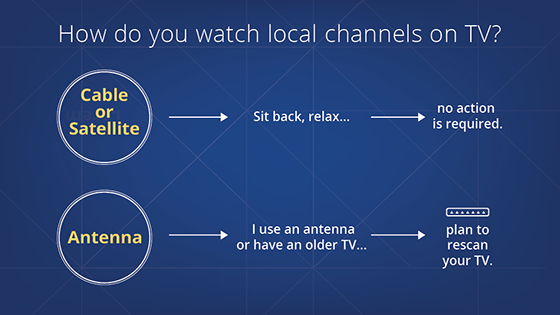Apollo Group Tv Fundamentals Explained
Apollo Group Tv Fundamentals Explained
Blog Article
Apollo Group Tv Things To Know Before You Get This
Table of ContentsHow Apollo Group Tv can Save You Time, Stress, and Money.Apollo Group Tv Fundamentals ExplainedApollo Group Tv for BeginnersMore About Apollo Group Tv
In this scenario, instead than having three-minute business areas throughout a 30-minute tv program, TV programming might alter to one where a customer will certainly be called for to have a month-to-month registration, so that they cen sight targeted banner advertisements. This kind of advertising currently takes place on the internet, and the quantity of data tv companies collect allows them to do similar.Describe the significant fads among the broadcasting and cable television networks. Popular radio reveals such as police dramatization Dragnet and western cowboy collection Gunsmoke were adjusted for tv, and new TV programs were sponsored by single advertisers, simply as radio programs had been.
Today, the television sector is much a lot more complicated. Programs are sponsored by numerous advertisers; programs is controlled by major media corporations; and the three significant networks no more control the airwaves however instead share their viewers with countless wire networks. A number of aspects represent these trends within the sector, including technical growths, government laws, and the production of new networks.

Apollo Group Tv Things To Know Before You Get This
Developed in 1969, (PBS) developed out of a record by the Carnegie Compensation on Educational Television, which examined the duty of instructional, noncommercial television on culture. Public tv was also intended to give universal accessibility to television for audiences in country areas or customers that might not manage to pay for private television solutions.
The period between 1950 and 1970 is traditionally acknowledged as the. Other than a little portion of airtime regulated by public television, the 3 major networks (recognized as the Big Three) controlled the tv industry, jointly representing even more than 95 percent of prime-time watching. In 1986, Rupert Murdoch, the head of international business Information Corp, launched the Fox network, testing the dominance of the Big Three.
Targeting young and minority audiences with programs such as Buffy the Vampire Slayer, Moesha, Dawson's Creek, and The Wayans Bros., the new networks wanted to attract stations away from their old network associations. Instead than repeating the success of Fox, UPN and WB had a hard Read More Here time to make an impact. Unable to bring in many affiliate stations, the two recently established networks got to fewer households than their larger rivals since they were impossible in some smaller sized cities.
This choice led the way for the advancement of cord motion picture networks, adding to the exponential development of cord in the 1980s and 1990s. apollo tv. More deregulation of wire in the 1984 Wire Communications Plan Act eliminated limitations on cable television rates, allowing drivers to bill what they desired for cable television services as long as there worked competitors to the service (a criterion that over 90 percent of all wire markets can fulfill)
See This Report on Apollo Group Tv

Having created the very first "superstation," Turner broadened his world by establishing 24-hour information network CNN in 1980. At the end of the year, 28 nationwide programming services were offered, and the cable television change had actually begun. Over the following years, the industry undertook a duration of rapid growth and popularity, and by 1994 customers might pick from 94 standard and 20 premium cord services.
Figure 9 - https://www.anyflip.com/homepage/pgmsn#About.16 Boosted competition from cord networks has actually created a stable decrease in the networks' target market ratings. During the 1950s, the expense of creating a single television show raised as shows became longer and manufacturing prices rose. Sponsorship on network tv moved from solitary sponsorship, in which a program was entirely supported and produced by one marketer, to numerous sponsorship, in which advertisers got 1- or 2-minute spots on the program
Each response should be a minimum of one paragraph. Choose among the Big 4 networks and print out its weekly programming timetable. View the network's prime-time programs throughout a week, noting the target group for every program. Observe the advertising enrollers that support each show and contrast just how the services and products fit with the desired target market.
Apollo Group Tv Can Be Fun For Anyone

Linear television, usually described as traditional program television, includes cable and satellite tv. It's called "linear" since web content complies with a fixed programming timetable, unlike on-demand web content which the individual visitor makes a decision to view based on their very own preferences and timetable. So, when you ask, "What is direct television?", consider it as the timeless means of watching TV that has been around for decades.
Report this page